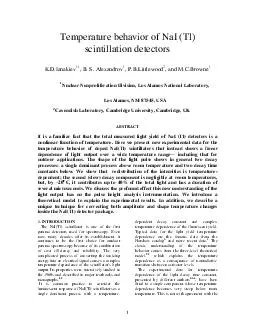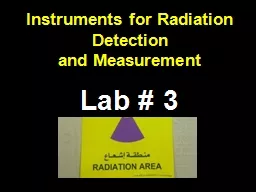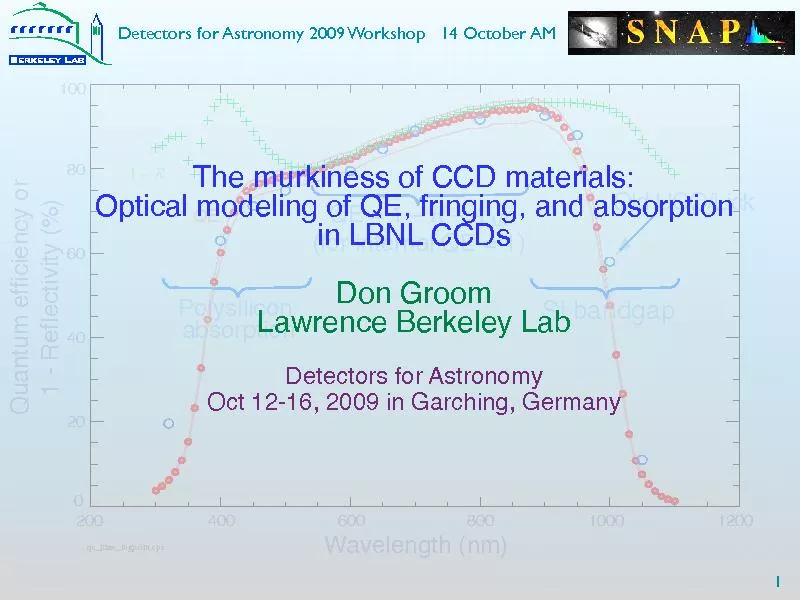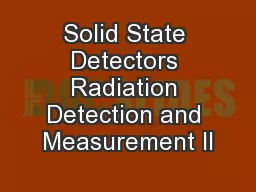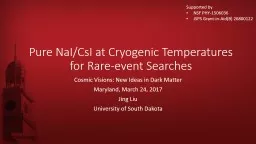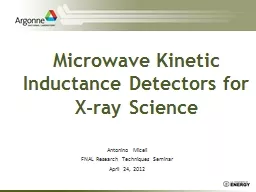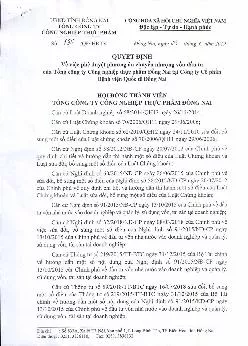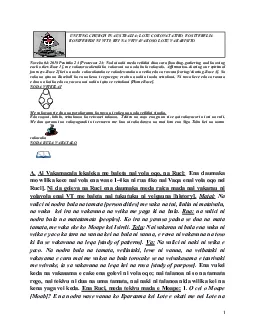PDF-Temperature behavior of NaI Tl scintillation detectors K
Author : danika-pritchard | Published Date : 2015-01-15
DIanakiev 11 B S Alexandrov PBLittlewood and MCBrowne 1 Nuclear Nonproliferation Division Lo s Alamos National Laboratory Los Alamos NM 87545 USA 2 Cavendish Laboratory
Presentation Embed Code
Download Presentation
Download Presentation The PPT/PDF document "Temperature behavior of NaI Tl scintilla..." is the property of its rightful owner. Permission is granted to download and print the materials on this website for personal, non-commercial use only, and to display it on your personal computer provided you do not modify the materials and that you retain all copyright notices contained in the materials. By downloading content from our website, you accept the terms of this agreement.
Temperature behavior of NaI Tl scintillation detectors K: Transcript
Download Rules Of Document
"Temperature behavior of NaI Tl scintillation detectors K"The content belongs to its owner. You may download and print it for personal use, without modification, and keep all copyright notices. By downloading, you agree to these terms.
Related Documents

